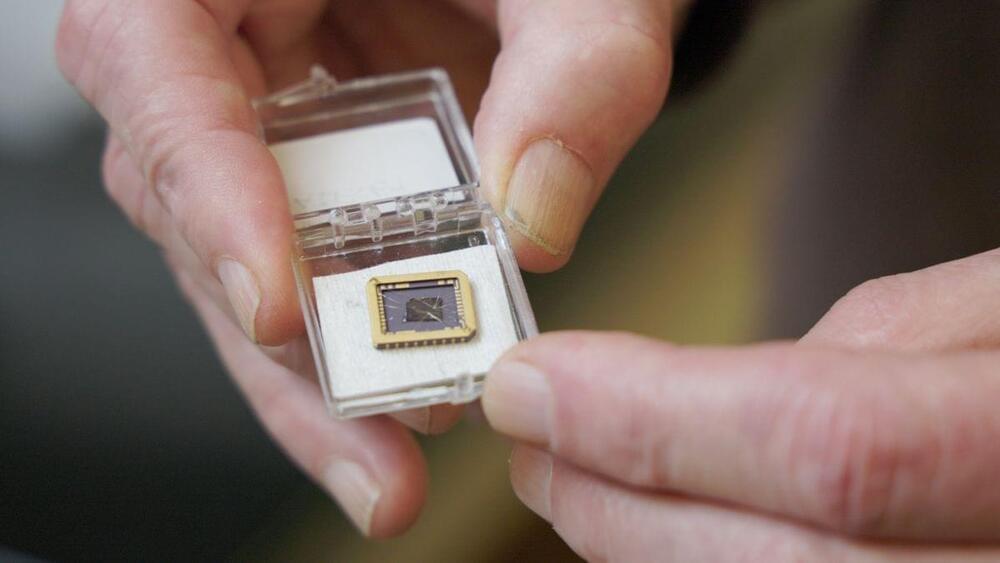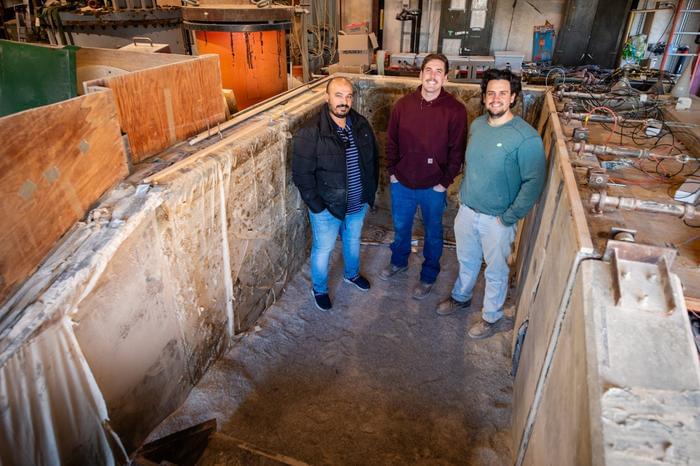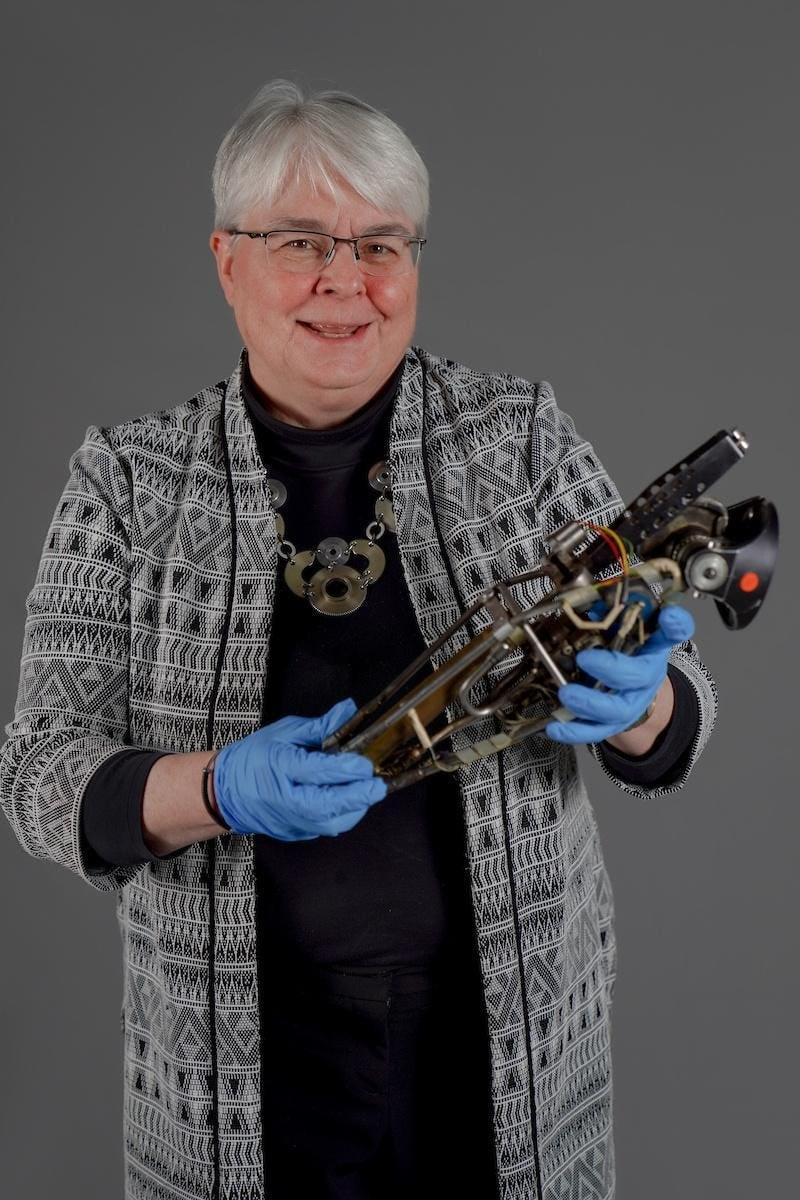Scientists overcame a limitation in graphene to harness the material as a working semiconductor at terahertz frequencies with 10 times the mobility of silicon.



As climate change continues to ravage the planet, coastal cities are at the highest risk due to coastal flooding attributed to sea level rise. According to the National Oceanic and Atmospheric Administration, approximately 127 million people in the United States alone live in coastal counties, or almost 40 percent of the entire population. Therefore, steps to protect coastal communities are of the utmost importance to mitigate the long-term impacts of climate change.
Strengthening coastal defenses from rising seas levels is what a groundbreaking study known as the PIONEER project, which is funded by the Engineering and Physical Sciences Research Council, hopes to address as scientists estimate coastal sea levels in the United States will experience the same sea level rise by 2050 that was experienced between 1920 and 2020, between 0.82 to 0.98 inches (0.25 to 0.30 meters).
“This is an interesting study because it combines, probably for the first time, the interactions for the effect of the water flooding on soils and, subsequently, on shoreline protective structures,” said Dr. Sherif Abdelaziz, who is an associate professor in the Charles E. Via, Jr. Department of Civil and Environmental Engineering, and one of many collaborators on the PIONEER project. “We will be able to assess how all these factors interact together so we can better design our shoreline protective structures to sustain the increasing intensity of waves and floods.”

Honda Zero includes two concepts: the sleek, sedan-like Saloon, and a boxier big-booty van-thing called the Space-Hub.
Honda announced a new global electric vehicle series, dubbed Honda Zero, presenting it as an antidote to the recent trend of “thick, heavy” EVs seen on the road today.
Honda released two concepts for its new Honda Zero series.

The Wi-Fi Alliance has started certifying Wi-Fi 7 devices to make sure they’re up to snuff and work well together.
The Wi-Fi Alliance is now officially certifying devices that support Wi-Fi 7, the next generation of wireless home internet.
Buying a Wi-Fi 7 device or router now is just a plan for the future.




The biggest buzz in ground-based astronomy these days is the soon to be completed Rubin Observatory and its forthcoming wide field Large Synoptic Sky Survey.
When the widefield optical Rubin Observatory comes online later this year, it will not only revolutionize astronomy, but the art of science data management as well.

